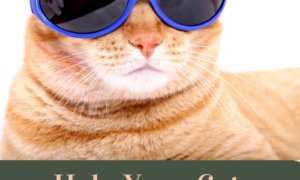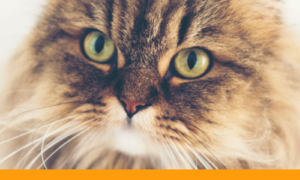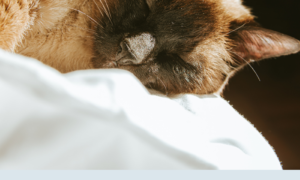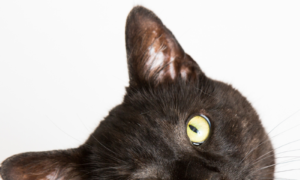By The Daily Cat experts for The Daily Cat

We take smiles for granted, but the evolution of these and other facial expressions was a big deal for animals, including humans. Smiles and other expressions allow us to communicate our emotional state to others. Among primates, as social living became more important, the ability to quickly indicate fear, mating status, lack of threat and more helped our ancestors survive in the wild.
Humans, chimpanzees and other great apes even share expressions and other physical indicators of pride, which would appear to be a more abstract emotion. Azim Shariff, a researcher at the University of Oregon, studied facial expressions and found that chimps thrust out their chests, which increases testosterone production and lung capacity, showing others that they are ready to take challengers on. “We seem to share a number of similar expressions, including pride, with chimpanzees and other apes,” says Shariff.
Since cats are mammals too, we share many things in common with them. Smiling, however, is not one of them. When a cat shows its teeth in a way that might look like it’s grinning, it is probably grimacing, trying to pick up odors, or is angry and ready to use those teeth to bite into someone.
According to the Arizona Humane Society, these facial features are how cats show happiness:
- Relaxed cheeks that are not pulled in
- Open ears that are facing forward
- Closed, relaxed mouth
- Wide open eyes that are focused on you
- Whiskers that are pointed outward and not spread apart much
Humans tend to rely a lot on facial expressions, but cats use their bodies to communicate how they feel. A happy cat will tend to hold its head and tail high, with its tail raised upward and fur lying flat on the body.
Photo: @iStockphoto.com/Vadymvdrobot





